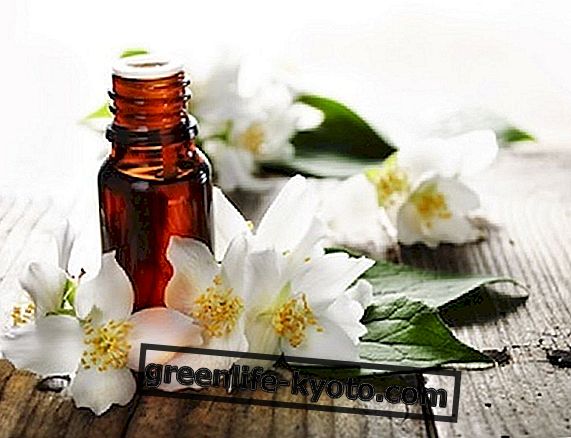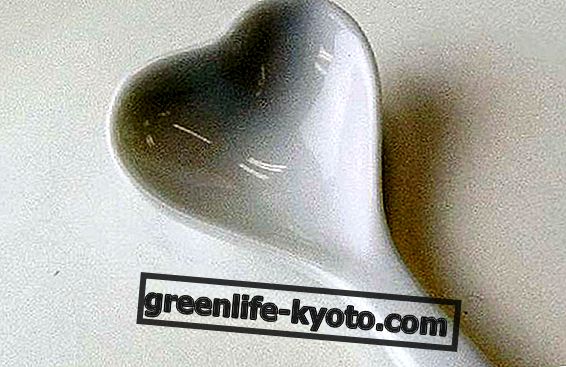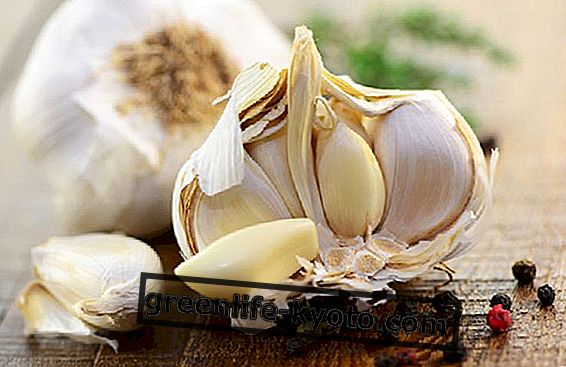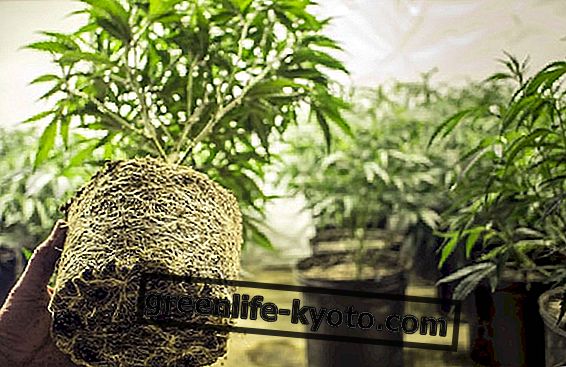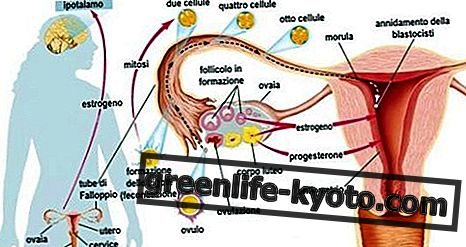
The snapdragons have dried up and we don't know what to do with small black seeds? Do freesia bulbs lie inert in the ground?
The cold is about to knock on the door: let's not get caught unprepared! We learn to keep alive the remains of plants and flowers and see together how seeds and bulbs can be stored for the new season .
Here are some tips for your vegetable garden or garden!
How to treat seeds
First of all, whether it is flowers, fruit, cereals or vegetables, in any case, as the oldest treatises on agriculture and gardening teach, the seeds to be preserved must be chosen from strong and vigorous plants, they must be well made, not wrinkled, of a beautiful color . They must also be mature and healthy, so that they can maintain themselves for the next sowing.
The seeds must then retain the ability to germinate, and here it depends on the plants: some last longer, others lose it immediately. Almonds, walnuts and hazelnuts, for example, lose it after a year. Other seeds in general, after two or three years; cereals generally keep it for a long time.
The seeds of primrose must be sown immediately, just ripe, those of lily within a few months of harvest, those of lupine even a few years later. The seeds of the rose, then, can also doze some years before sprouting. It depends, in short! In summary, it can be said that the large seeds are preserved for a long time, less easily the small ones, without food reserves, and oil seeds.
Whatever the duration, it is certain that the capsules that contain the seeds or the seeds themselves must be dried in a cool, shady place, never in the sun, so as to complete maturation little by little. Some, to preserve them even better, suggest to wash them first, let them dry and then sprinkle them with quicklime, chalk and ash, so as to protect them especially from animals.
The seeds must be stored in cool and dry, ventilated places (too hot makes them lose their germinative energy very quickly), so as not to ferment or be affected by insects.
The best thing is to put them in a paper bag, on which the name of the species is written, a note on the variety and date of the harvest, and then collect them in a wooden box.
How to protect plants and herbs from the cold
Here's what to do with the bulbs
First of all it must be said that the bulbs must be removed from the earth or not depending on the type of plant, soil and climate in which it is found. In general, early flowering bulbs, or those flowers or plants that bloom in late February or early March, can be left where they are ; these are daffodils, tulips or irises, for example.
Those that bloom at the beginning of summer, such as gladioli, Liliaceae or canes, fear the cold and could freeze, so it is better to remove them from the ground in autumn, or leave them in jars in a cool, dry place such as the garage or cellar, without watering. For these flowers it is not necessary to wait a long time from the moment of the fading and the yellowing of the leaves to collect the bulbs or move them to a cool and dry place.
Begonias fear frost and must absolutely be unearthed in autumn, as soon as the intense cold arrives. The bulbs are extracted with a transplant and left to dry in a cool place and in a shady place before putting them back in, until shelter, until the following spring. The common fruit crates are ideal to contain bulbs to be preserved, since, being ventilated, they avoid the appearance of mold.

